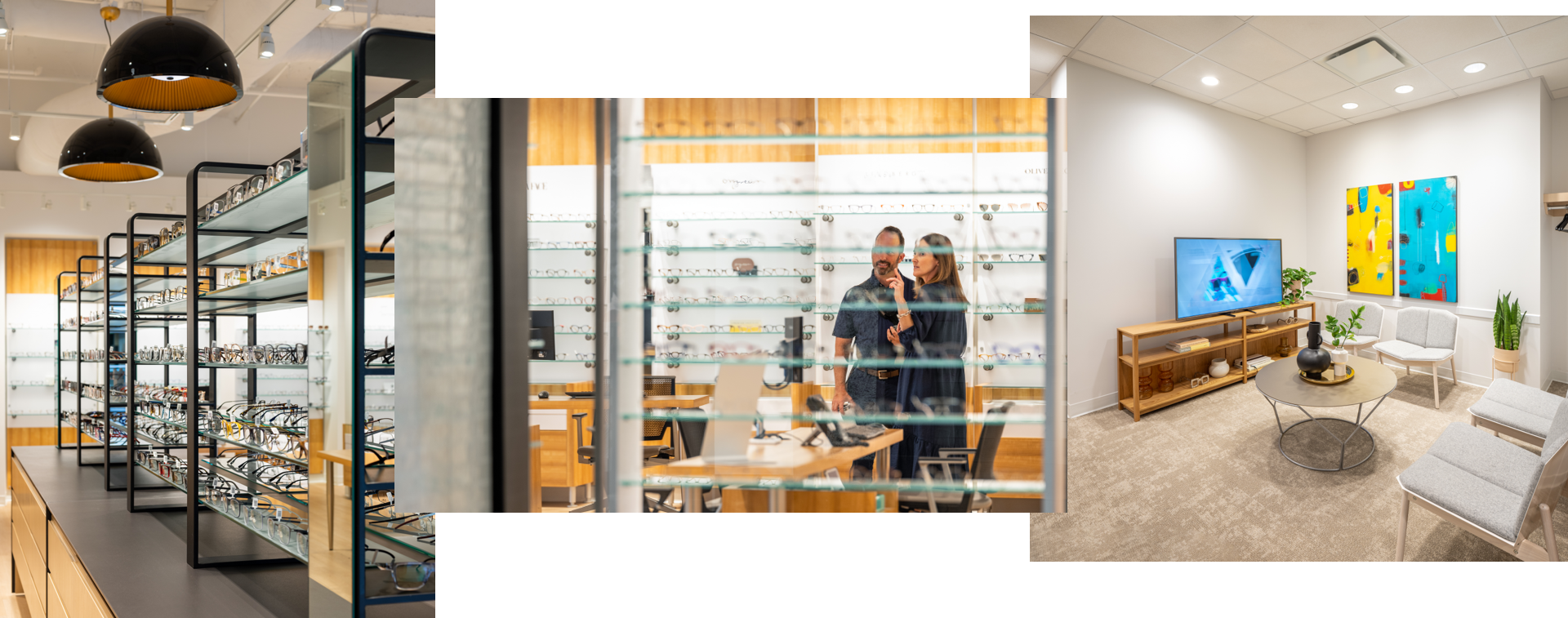Glaucoma is the leading cause of irreversible blindness. It is estimated that over 60 million people have glaucoma world wide. Glaucoma is a disease that causes damage to the optic nerve at the back of the eye and results in reduced peripheral vision. The reduction in peripheral vision can be devastating to vision.
The biggest problem with glaucoma is that there are no obvious signs that damage is occurring. A person with early stages of glaucoma gets no headaches, red or sore eyes, and can not tell that their peripheral vision is slowly shrinking.
Risk factors for glaucoma include age, family history, ethnicity, use of steroids (including inhalers), high myopia, and diabetes. At this time, we do not think risk can be altered by diet or excercise.
The only way to detect glaucoma is with a comprehensive eye exam. The tests used to diagnose glaucoma are: intra-ocular pressures, optic nerve head evaluation, visual field testing, optical coherence tomography (which analyzes thickness of the nerve fibre), corneal thickness measurements and measurement of the ‘angle’ (where the cornea meets the iris).
Once the diagnosis of glaucoma is determined, the first line of treatment is eye drops to lower the pressure in the eye and prevent progression of the disease. There are some new surgical interventions that are being considered earlier for some patients.
Please remember to get a comprehensive eye exam every two years and every year when you are over 60 years old.





















